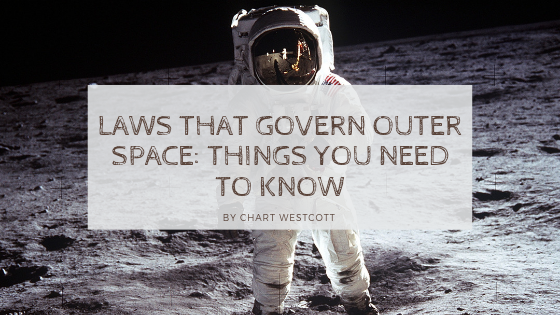The year 1957 forever changed mankind when the Russian satellite Sputnik went into outer space. While scientists researched the possibilities and problems involving space travel, lawyers began researching the legal maneuvers that could be involved, and colleges and universities now offer degree programs in space law.
Issues To Be Defined
Since there are no geographic boundaries or limitations in outer space, jurisdiction was one of the first issues to be addressed. Those nations who have achieved space travel Include:
- The United States
- Russia
- Japan
- China
- Australia
- Brazil
- The European Space Agency Member States
These entities formed COPUOUS, which stands for the Committee on the Peaceful Uses of Outer Space, which was formed in 1958 by the United Nations. The non-governmental International Institute of Space Law was formed in 1960 to promote cooperation between the space-going nations during the law-making process.
Areas that needed to have laws included:
- Protection of astronauts
- Weapons
- Damage liability
- Property rights
- Private companies
These treaties and laws were created decades ago, and while still valid, may not cover all the issues that are now a part of space exploration.
COPUOUS
COPUOUS is responsible for the five legal principles and treaties that now govern space exploration. In addition, the Treaty on Principles Governing the Activities of States in the Exploration and Use of Outer Space Including the Moon and Other Celestial Bodies, or the Outer Space Treaty for short, was based on principles created in 1962 and ratified in 1967. It states that:
- Space exploration is open to everyone.
- Sovereign claims cannot be made.
- Weapons of mass destruction aren’t allowed in the Earth’s orbit.
- Individual states or nations are responsible for the damages they cause.
- Harmful contamination of space is expressly prohibited.
- Each state or nation is responsible for the actions of its citizens.
Four additional treaties were created to clarify and support the Outer Space Treaty. They are:
- The Rescue Agreement, which directs that all members will render aid to an astronaut in case of emergency.
- The Liability Convention, which assigns each member the liability for its actions and consequences.
- The Registration Convention, which maintains a list of all objects launched into space.
- The Moon Agreement, which details usage and property rights on the moon and other bodies in space, such as asteroids, but only 16 minor nations have signed this agreement.
COPUOUS created five additional principles that elaborate on conduct and rights in outer space. Those treaties are:
- The Declaration of Legal Principles, which states that the exploration of outer space should be for the benefit of all mankind.
- The Broadcasting Principles, which direct that each country shall not interfere with other countries’ electronic signals and that there should be a mutual exchange of knowledge and developments.
- The Remote Sensing Principles, which governs the use of EMF signals.
- The Nuclear Power Source Principles, which provides instructions for the use of nuclear energy and any damage it may cause.
- The Benefits Declaration, which emphasizes that space exploration is for the benefit of all mankind.
Do The Laws Work?
For the most part, member nations adhere to the laws. However, these laws were, for the most part, created decades ago and some nations feel they should be revised and updated with more current issues, such as mining rights and geosynchronous satellites. The five major nations involved in the international space station have a cross-waiver agreement that limits their liability in case of damage.
